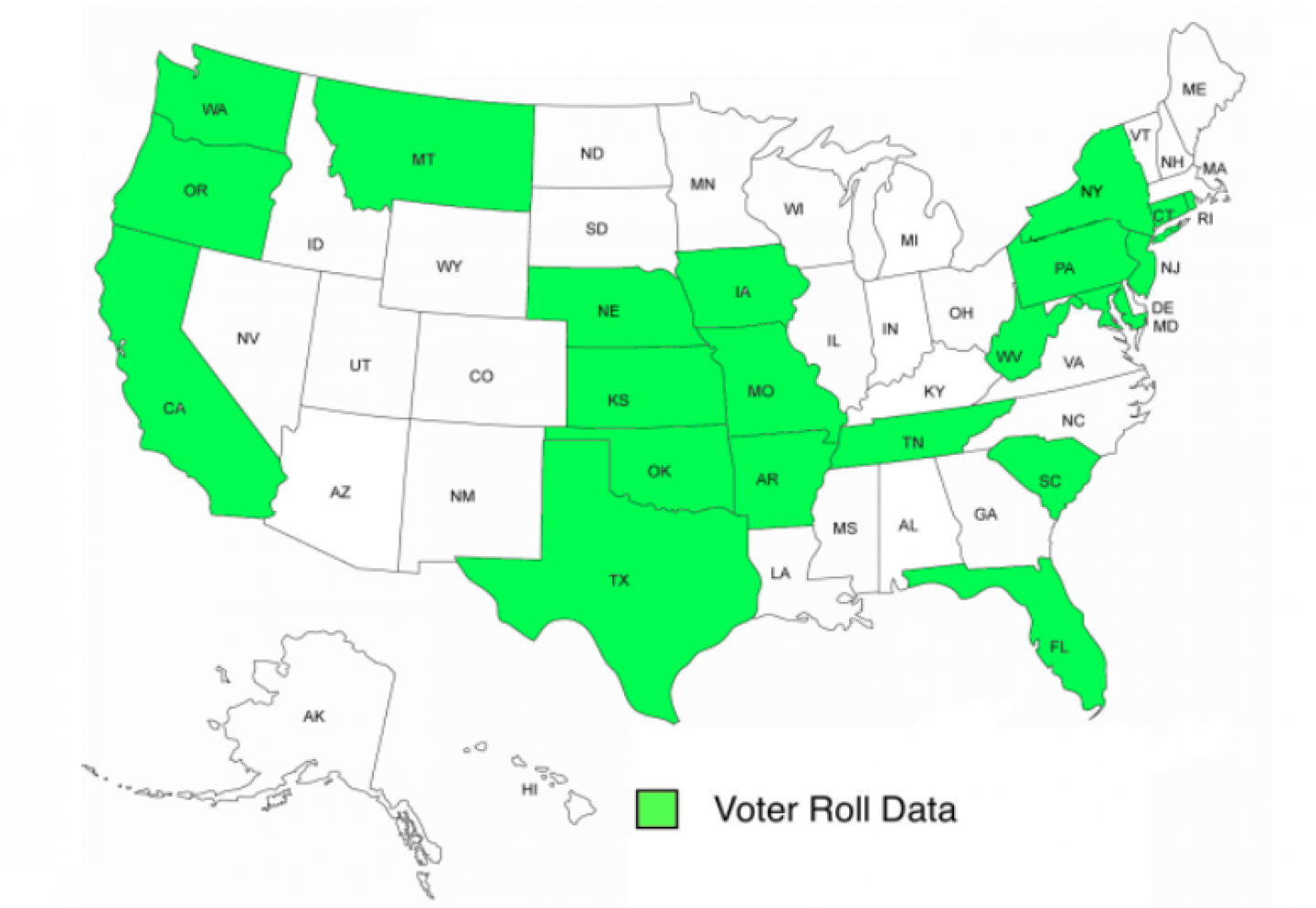America, the Vulnerable: The Problem of Duplicate Voting
Bottom Line: Comparing duplicate matches using match points such as names, social security numbers, and birthdays culled from voter roll data from 21 states, the Government Accountability Institute (GAI) discovered 8,471 highly likely cases of intra-state duplicate voting. Their report notes that if they could obtain voter data from all 50 states, they would likely find at least 45,000 cases of duplicate voting.
Close elections such as the 2000 presidential election between George W. Bush and Al Gore and the 2008 U.S. Senate election in Minnesota, where Al Franken triumphed over then incumbent Sen. Norm Coleman by just 312 votes, show the importance of keeping voter rolls accurate. The lack of data, governmental or otherwise, that compares voter rolls state by state in order to check for duplicate voting demonstrates a vital area of need.
While many barriers such as data high fees prevent obtaining data from all 50 states, GAI was able to obtain data amounting to 17 percent (75 million people who voted in the 2016) of state-to-state comparisons. With the help of two data analytics teams, Simpatico Software Systems and Virtual DBS, they found 8,471“high confidence” matches for duplicate voting. This data was gathered through mining data combined with forensic analysis and features social security numbers and birthdays from separate data lists, which only half of the states provided. The methods the team used have a probability close to 100 percent and produce nearly zero false positives.
Additional findings include:
- Over 15,000 cases of registered voters using addresses such as post offices, public buildings, and PO boxes that are prohibited by election laws.
- 45,880 instances of votes being cast by individuals records showed were more than 115 years old in 2016.
- 292 votes cast by individuals data shows were younger than 18 years of age in 2016.
This information was doubly difficult to obtain because the quality of voting data varies widely state by state. For example, New York uses outdated technology, making it virtually impossible to determine accurately the number of votes cast in the 2016 election. Compounding these problems, GAI found that more than one thousand different descriptions were used to categorize elections—many times describing the same election.
This data only applies to voters who cast ballots using the same information. GAI could not track voters who voted more than once but used different information to obtain their ballots. GAI also mined the available data for instances where voters listed an out-of-state mailing address as their secondary address, which resulted in almost 600 matches. Additionally, they searched for paired voters—or when individuals voted together with the same information in more than one state—which resulted in nearly 200 matches.
Using Rhode Island as a test case, researchers found the state in noncompliance with a key requirement of the Help America Vote Act of 2002: records of 30 percent of votes cast by individuals in 2016 lacked a driver’s license number or social security number. In fact, Rhode Island’s election laws make provisional ballots available just with a matching signature on a voter ID card. It is highly likely that many other states have similar loopholes.
GAI recommends various fixes, such as:
- Investigating each of the 8,471 cases of potential illegal voting.
- Making basic voter information such as full names and birthdays available in every state for research purposes.
- Keeping state voter databases up to date and accurate and, if possible, upgrading database technology.
- Instituting felony penalties for individuals who commit voter fraud in federal and general elections.
- Confirming citizenship of voters using the Federal Data Hub.
Read the full report here.





